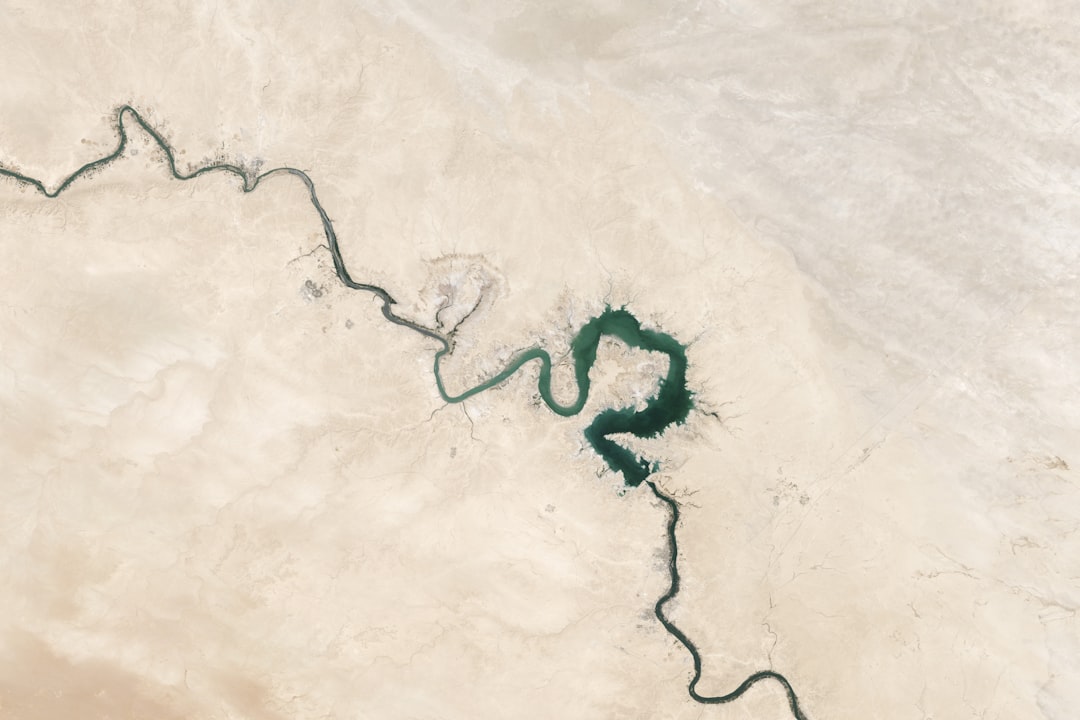What is it about?
This study analyses the effect of structure-soil-structure interaction (SSSI) on the seismic behaviour of two bridges supported by groups of piles in nonlinear clay. Special attention was given to the influence of the inter-bridge spacing and the plan positioning of the two bridges and their alignment with respect to the Epicentral loading. A series of numerical analyses were performed by FLAC 3D three-dimensional finite difference code. The results showed the important effect of (SSSI), with a significant drop of acceleration by about (53–61%) accompanied by a reduction of the internal forces of the piles by (12–21.6%), while we have noticed a small influence of the inter-bridge spacing on the acceleration (16–20%) and on the internal forces by (6–17%). In contrast, there was a substantial change in the seismic behaviour of the bridges according to their geometrical position with respect to the seismic loading direction, which came into view in a huge reduction of the pile’s internal forces and mass acceleration of about (80–88%) in the perpendicular bridge.
Featured Image

Photo by Denys Nevozhai on Unsplash
Why is it important?
The rapid expansion of densely populated urban areas has necessitated the study of Structure-Soil-Structure Interaction (SSSI) between adjacent structures. This contrasts with the current state-of-practice, which is generally limited to soil–structure interaction of single-isolated structures. This phenomenon is usually referred to as the ‘sitecity effect’. Most of the foregoing numerical research was concentrated on the effects of the built structures of the urban sites on the distribution mechanism of seismic motions in those sites. Almost all the research in this domain has focused on the significance of Structure-Soil-Structure Interaction (SSSI) in the case of adjacent residential buildings or tall buildings, very limited research has been conducted on the effect of (SSSI) on the seismic behavior of long structures like adjacent and crossing bridges (Infrastructures), which due to their structure and geometry, they have a very different seismic behaviour. Moreover, this study focuses on the effect of the geometrical position of the structures towards the seismic loading direction.
Perspectives
In this study, we explore Bridge-Soil-Bridge Interaction under seismic loads. Attention is paid to (i) the influence of nonlinearities behaviour of soil, (ii) the inter-bridge spacing and (iii) the plan alignment of each bridge with respect to each other and the epicentral direction. Two identical bridges have been used in this study, each one supported by a group of piles implanted in nonlinear soil. The analyses use a three-dimensional finite-difference modelling code (FLAC 3D). A non-linear Mohr-Coulomb constitutive model is used for the soil. The analyses conducted examined the effect of inter-bridge spacing in two cases, parallel bridges and perpendicular bridges. We explore the following research questions. ● Is there any evidence of significant SSSI effects in closely spaced bridges? ● Is bridge plan alignment with respect to each other and the epicentral direction an important factor in system responses? ● Does increasing inter-bridge spacing attenuate interaction effects?
Mohanad Alfach
University of Wolverhampton
Read the Original
This page is a summary of: Seismic interactions between adjacent and crossing bridges on deep foundations in nonlinear soil, Geomechanics and Geoengineering, August 2019, Taylor & Francis,
DOI: 10.1080/17486025.2019.1648883.
You can read the full text:
Resources
Contributors
The following have contributed to this page










